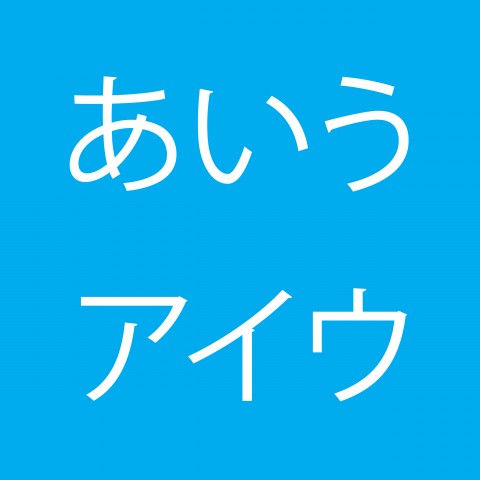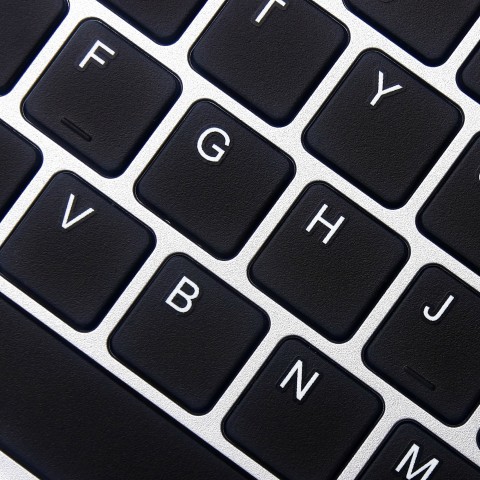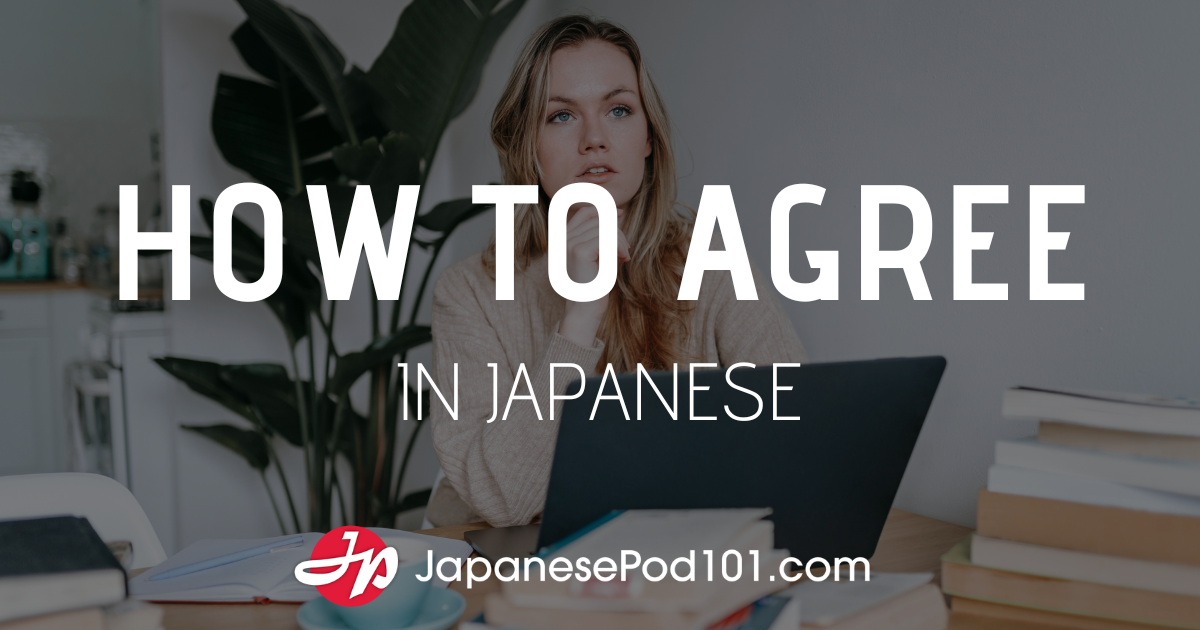
The symbol 「ー」 is known as the Japanese chōonpu, a long-vowel mark that often appears as a line in Japanese text. Beginner learners might initially see it as just a dash in Japanese writing, but this character has a specific purpose: it extends the vowel sound of the preceding kana, effectively lengthening that syllable. Visually, the chōonpu appears as a horizontal line in horizontal writing (or a vertical line in vertical text) about the size of a kana character.
It is distinct from a regular punctuation dash or the kanji “一” (the character for “one”), even though it looks similar. In this article, we’ll explore the meaning of this Japanese symbol, its different names and origins, how and when it’s used (or not used) in Japanese writing, and how to type the long dash in Japanese on both Japanese and American QWERTY keyboards.
Table of Contents- Names and Origin of the Chōonpu
- Usage of the Long Vowel Mark in Japanese
- Typing the Chōonpu on Japanese and English Keyboards
- Conclusion
1. Names and Origin of the Chōonpu

The term chōonpu (長音符) literally means “long sound mark” in Japanese. This Japanese dash symbol goes by several names: it’s also called chōonkigō (長音記号, “long sound symbol”), and colloquially known as onbiki (音引き, “sound pull”) or bōbiki (棒引き, “bar pull”). Another informal nickname is nobashi-bō (伸ばし棒), which roughly means “stretching stick,” highlighting that it stretches out a vowel.
In English, you might simply refer to it as the long vowel mark or long vowel dash. (In Unicode standards, it’s officially named the “Katakana-Hiragana Prolonged Sound Mark”.)
All these names refer to the same line “ー” that indicates a prolonged vowel sound. Importantly, this mark is used with the kana scripts (hiragana and katakana) and never appears in romanized Japanese (rōmaji), since long vowels in rōmaji are shown by other means (like a macron or doubling the vowel).
Historically, the chōonpu was introduced as a practical solution to write long vowels more efficiently. In older Japanese writing, long vowels were written out by repeating the vowel kana (for example, writing “おお” to represent a long “ō” sound) because there was no special symbol for elongation. However, in the late 19th century, as katakana came to be used more for transcribing foreign words (known as gairaigo), a concise notation was needed to represent sounds not native to Japanese.
The chōonpu was first used by scholars in the late Edo period as a concise way to indicate prolonged vowels in katakana, instead of writing an extra kana each time. It’s said that the symbol was inspired by a part of the kanji “引” (which means “to pull or extend”), essentially creating a visual “sound extender” mark.
By the Meiji era (late 1800s to early 1900s), this long vowel dash became commonplace in print for loanwords, allowing words like “coffee” or “taxi” to be written compactly in katakana with a vowel extension. Notably, there was even an attempt in 1900 to apply the chōonpu to native kanji words – for example, writing “校長” (kōchō, “principal”) as “こーちょー” – but this idea was soon abandoned.
In short, the chōonpu’s origin lies in the need to streamline the writing of long vowels, especially for foreign terms, and it has since become an integral part of Japanese orthography for katakana words.
2. Usage of the Long Vowel Mark in Japanese

In modern Japanese, long vowels in katakana are always written with 「ー」. This is most commonly seen in loanwords, foreign names, and onomatopoeia written in katakana. For example, 「コーヒー」 (kōhī, meaning “coffee”) is spelled with two ー marks to lengthen both “ko” and “hi” sounds. Another example is 「メーカー」 (mēkā, “maker/manufacturer”), where the ー indicates a long “ē” sound in me; without the chōonpu it would be written as “メエカア,” which is not the standard spelling.
In contrast, native Japanese words written in hiragana do not use this dash in their standard form. Long vowels in hiragana are instead formed by adding an extra vowel kana. For instance, “mother” is “おかあさん” (okaasan) in hiragana, with か (ka) + あ (a) indicating the long “ā” sound – it would be considered incorrect to write it as “おかーさん” with a chōonpu.
Similarly, “おおきい” (ōkii, “big”) is spelled with a double “o” (おおきい), not “おーきい.” In formal Japanese writing, hiragana long vowels are always written out with additional vowel characters, never with a chōonpu mark. And as mentioned, this symbol never appears in kanji readings or in rōmaji, so you won’t use ー when writing words in kanji or when transliterating Japanese into the Latin alphabet.
One common exception is in interjections or onomatopoeic expressions. For instance, people often write 「あー」 to represent someone drawling “ahhh” or 「えー!?」 to indicate a surprised “eh?!” sound – here the ー in hiragana shows a stretched sound for effect. These are colloquial, stylistic usages and are generally accepted in casual writing or dialogue.
You might also see the chōonpu in hiragana on signs or advertisements for stylistic reasons. A classic example is ramen shop signs: they sometimes write 「らーめん」 in hiragana instead of the standard katakana 「ラーメン」, using ー to make it visually clear and playful. While canonically hiragana should not use the chōonpu, such usages are tolerated and common in informal contexts.
In summary, long vowels in Japanese hiragana are written with extra vowels. In contrast, in katakana they’re written with the chōonpu, and only use the ー where it’s actually required by the standard spelling of the word. This also highlights that Japanese long vowels are not about stress but length – Japanese doesn’t have stressed vs. unstressed vowels in the English sense, just short vs. long duration. The chōonpu simply indicates a long vowel, not any emphasis or stress on the syllable.
3. Typing the Chōonpu on Japanese and English Keyboards

Once you know the purpose of this line in Japanese writing, you’ll want to use it correctly when typing. Fortunately, typing the chōonpu 「ー」 is straightforward. On an English (American QWERTY) keyboard, you can type the long vowel mark by using the hyphen/minus key while your Japanese IME (input method) is active.
In other words, switch to a Japanese input mode (Hiragana or Katakana input via your language bar or IME) and simply press the “-” key (between 0 and = on the number row). The IME will convert that to the proper prolonged sound mark character. For example, if you type “koohii” or “ko-hi-”, it should come out as “コーヒー” once converted.
Do note that you should use the regular hyphen key on the main keyboard, not the numeric keypad minus – the numpad minus might not produce the chōonpu in some systems. (On many systems, the numpad minus will either be ignored by the IME or insert a different symbol, whereas the main “-” key is recognized as the prolongation mark.) So remember, to type a long dash in Japanese, use the standard “-” key on your keyboard – it’s that simple.
You typically do not need any special trick beyond this; most Japanese IMEs are designed so that a typed hyphen automatically becomes the long vowel mark within a Japanese word. For instance, typing “meeru” as me-ru will directly give you “メール” (where the “-” turned into ー). This works in both Windows IME and on other systems, such as macOS and Google’s Japanese keyboard.
How about on a Japanese (JIS layout) keyboard? Japanese keyboards have a few extra keys and symbols compared to American keyboards. In fact, on a standard JIS keyboard, there is usually a dedicated key for the 「ー」 character.
One of the extra keys (often located near the right Shift key) is assigned to the long vowel mark in native kana input mode. This means if you’re using a Japanese keyboard and have it in direct kana input mode (where each key corresponds to a kana), you can press that specific key to input the chōonpu directly.
However, the majority of people – including native Japanese users – actually use rōmaji input even on Japanese keyboards, meaning they still type in Latin letters, and the IME converts them to kana. In rōmaji input mode, the method is the same as on an English keyboard: hit the hyphen key, and you’ll get the prolonged sound mark. In other words, even on a Japanese keyboard, typing the long dash is usually done by pressing the “-” key while in Japanese input (unless you’ve switched to direct kana input).
Suppose you are using a non-U.S. international keyboard layout (for example, a European keyboard). In that case, the physical key for the hyphen might be in a different place or labeled differently, but the IME still expects the “hyphen” key signal. For instance, on a German keyboard, the ß key serves this function when in Japanese input, and on some Nordic layouts, it might be the key with + and ’ on it.
4. Conclusion
The chōonpu 「ー」 may look like a simple line, but it plays an essential role in written Japanese, especially for katakana words and loanwords. By indicating long vowels (vowels held for two morae), it ensures that readers pronounce words correctly and that meanings don’t get confused. For example, ビル (biru) means “building,” whereas ビール (bīru) with a chōonpu means “beer” – a single dash completely changes the word.
Unlike in English, Japanese long vowels are not a matter of stress but duration – they are held longer, not pronounced louder – and the chōonpu is the punctuation-like tool that marks this lengthening in writing.
As a learner, it’s important to recognize and use this Japanese long vowel mark properly. When reading, remember that 「ー」 extends the previous vowel sound (so you can avoid mistakes like reading コーラ as “kora” instead of “kōra”). When writing or typing, use the mark where appropriate (and conversely, don’t overuse it in native words where it doesn’t belong).
The good news is that typing it is straightforward on any keyboard once your Japanese input is active – it’s often just one hyphen key away. By understanding the meaning of this Japanese symbol and the rules of its usage, you’ll be able to read and write Japanese long vowels with confidence.
The chōonpu might be a small character, but mastering this “Japanese dash” will help you avoid spelling errors and pronunciation slip-ups, bringing you one step closer to writing Japanese naturally and accurately. Keep an eye out for this long vowel dash in Japanese texts, and soon it will become a familiar friend in your Japanese reading and typing practice.








